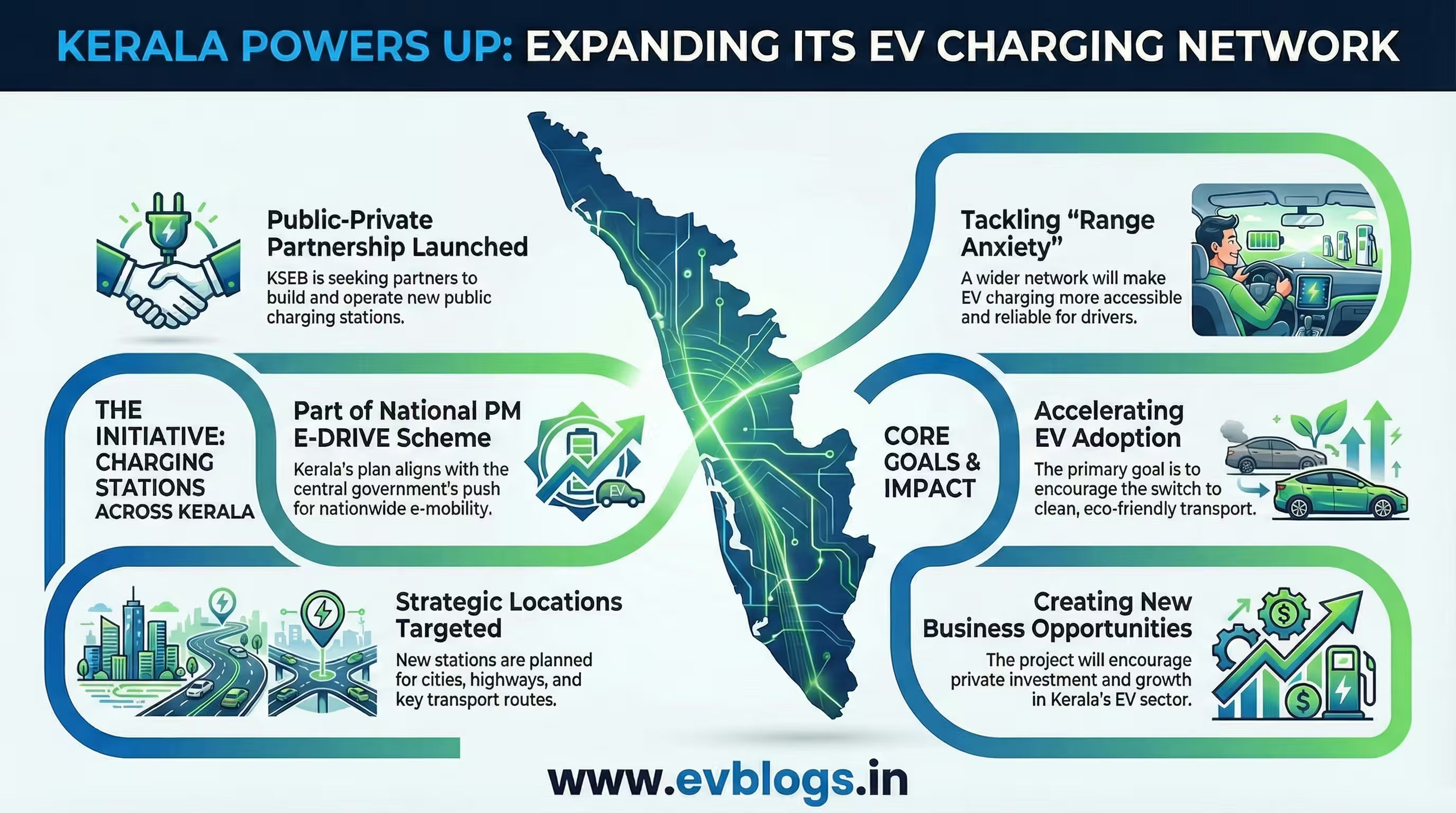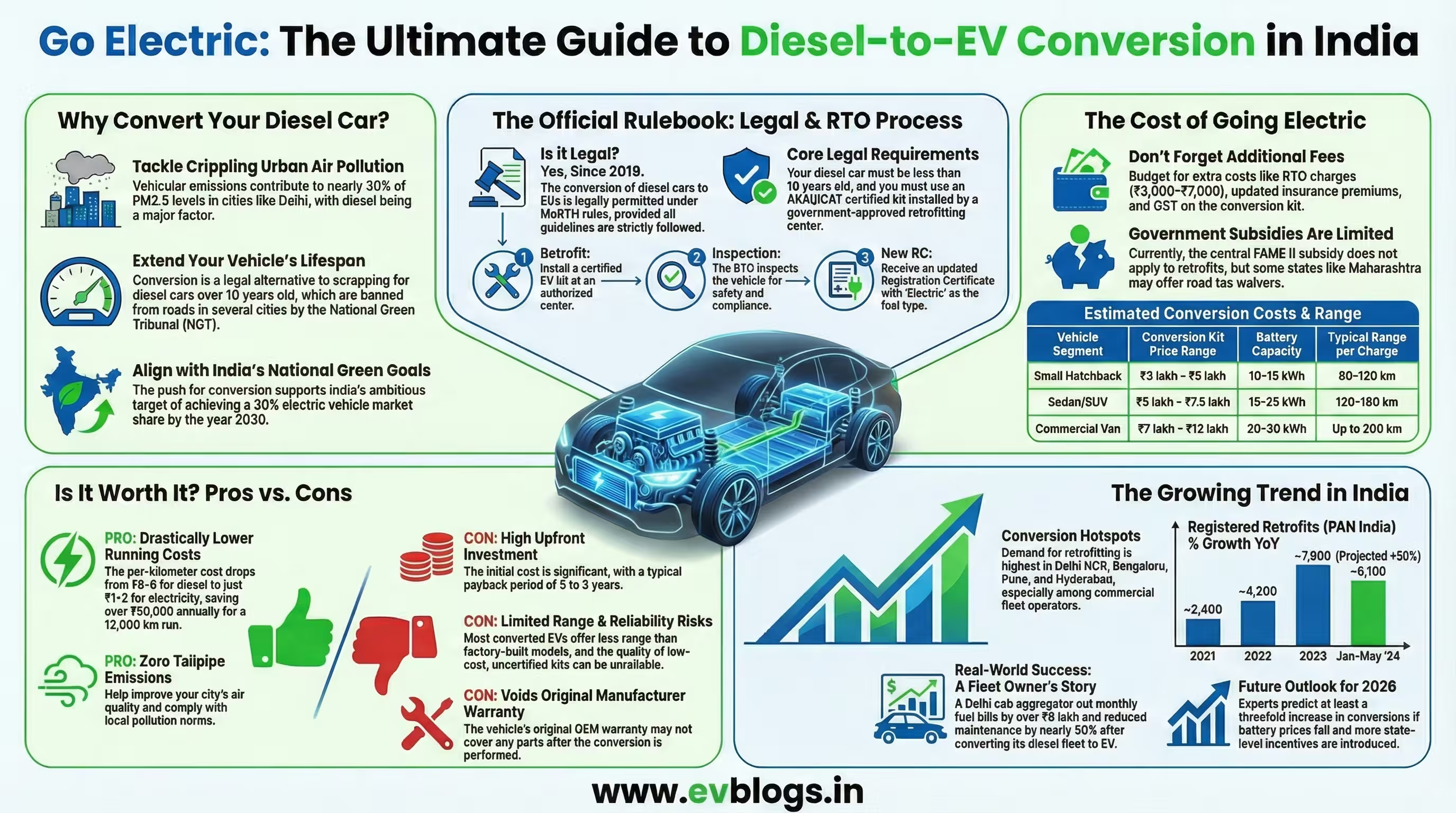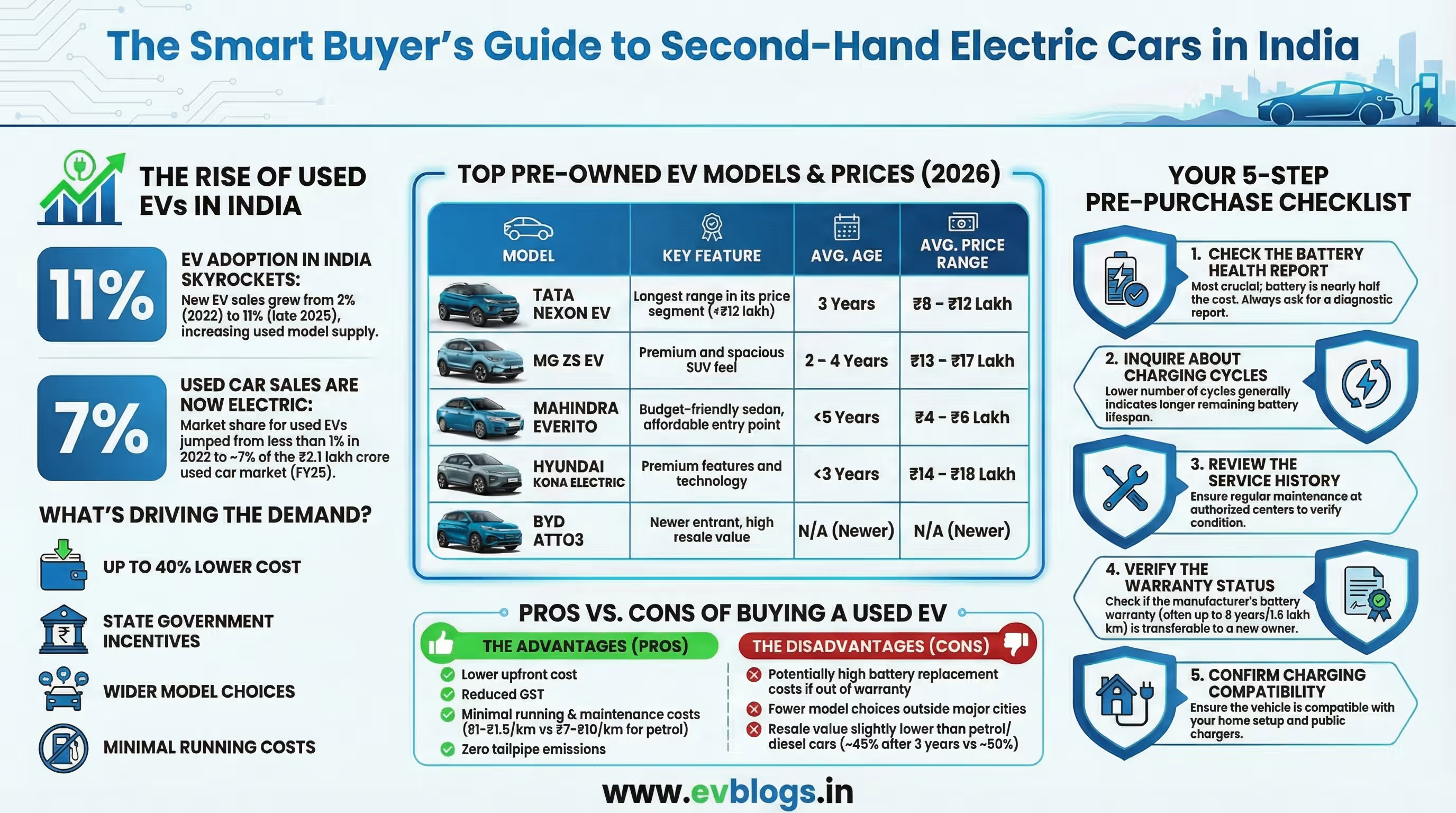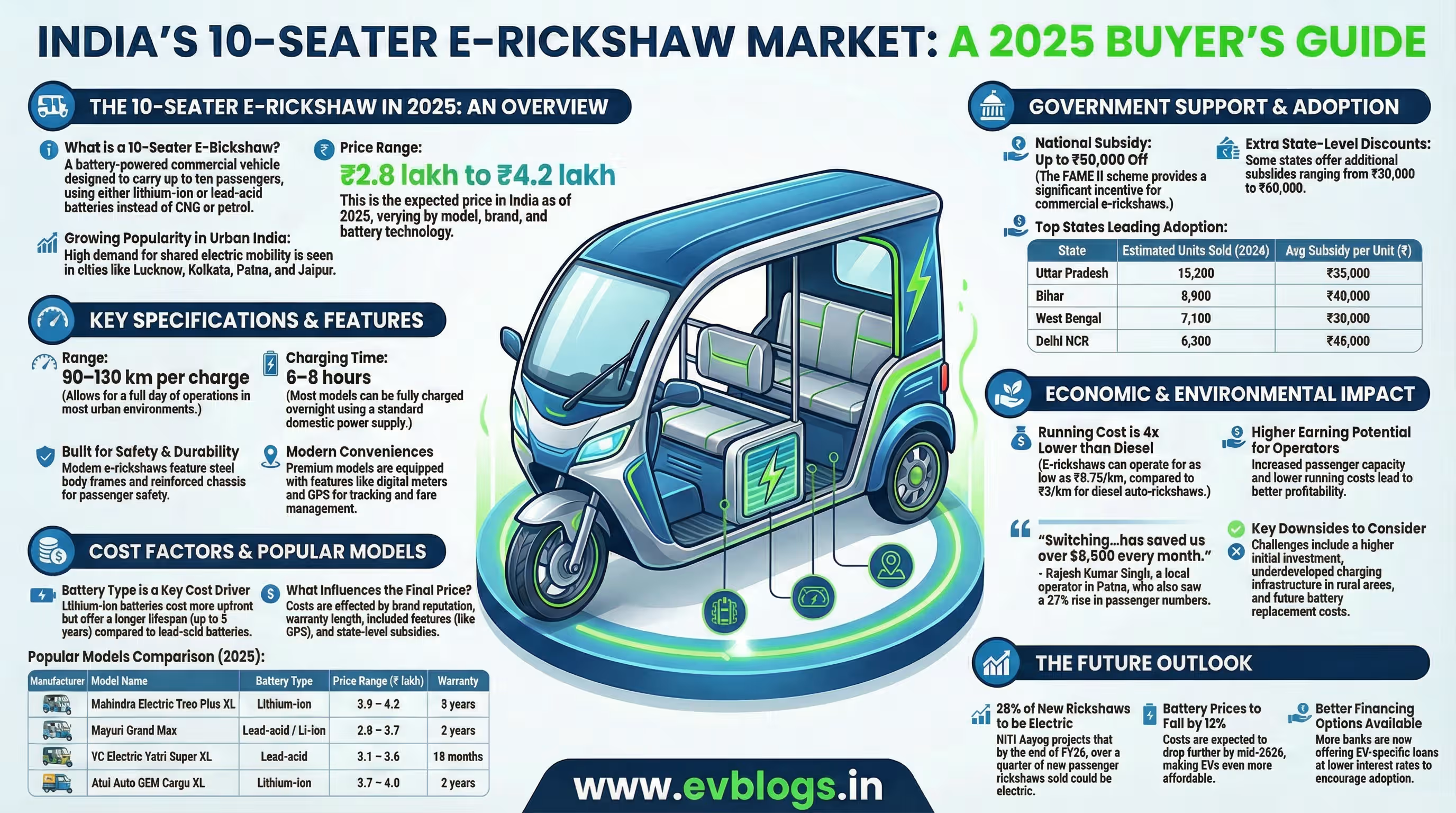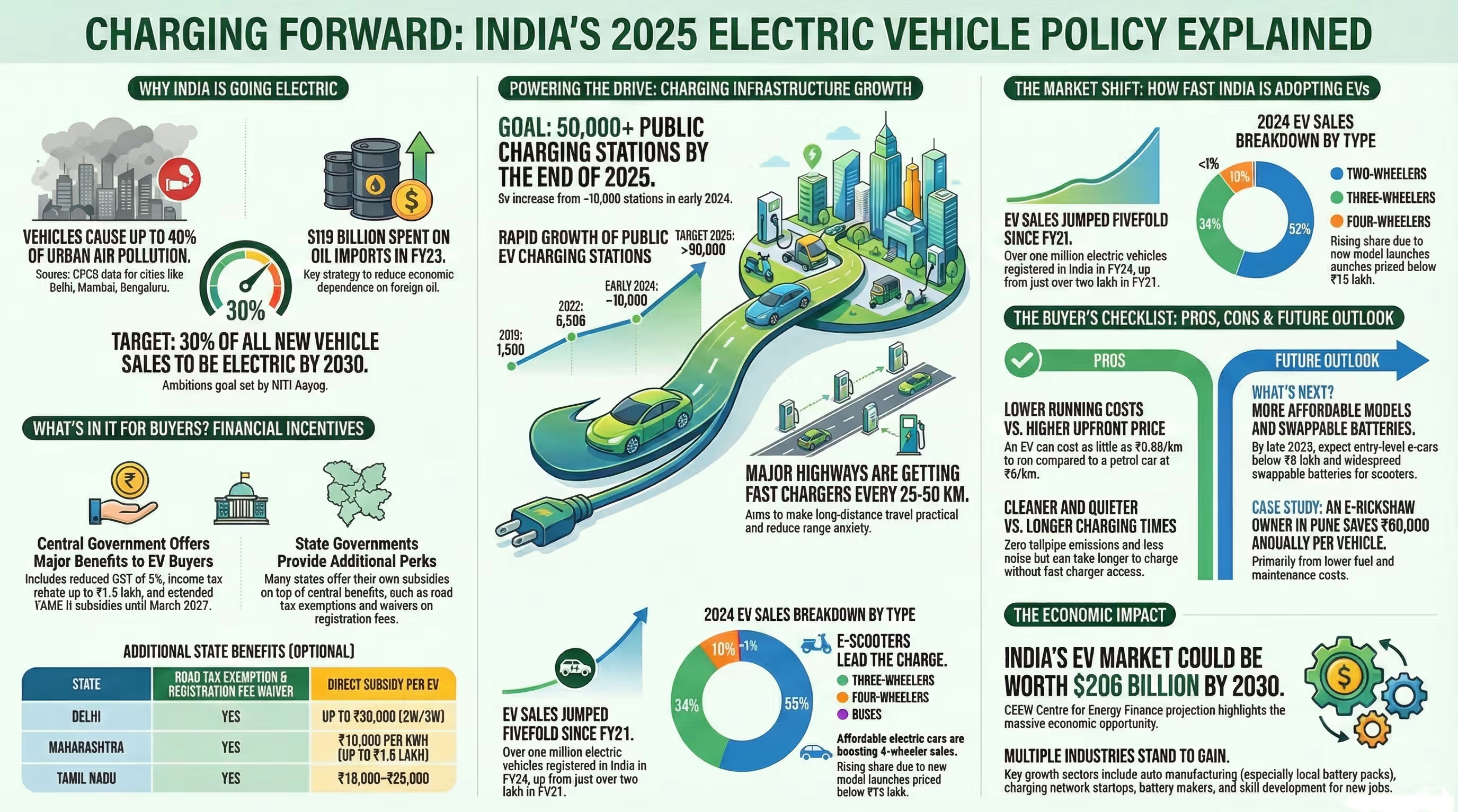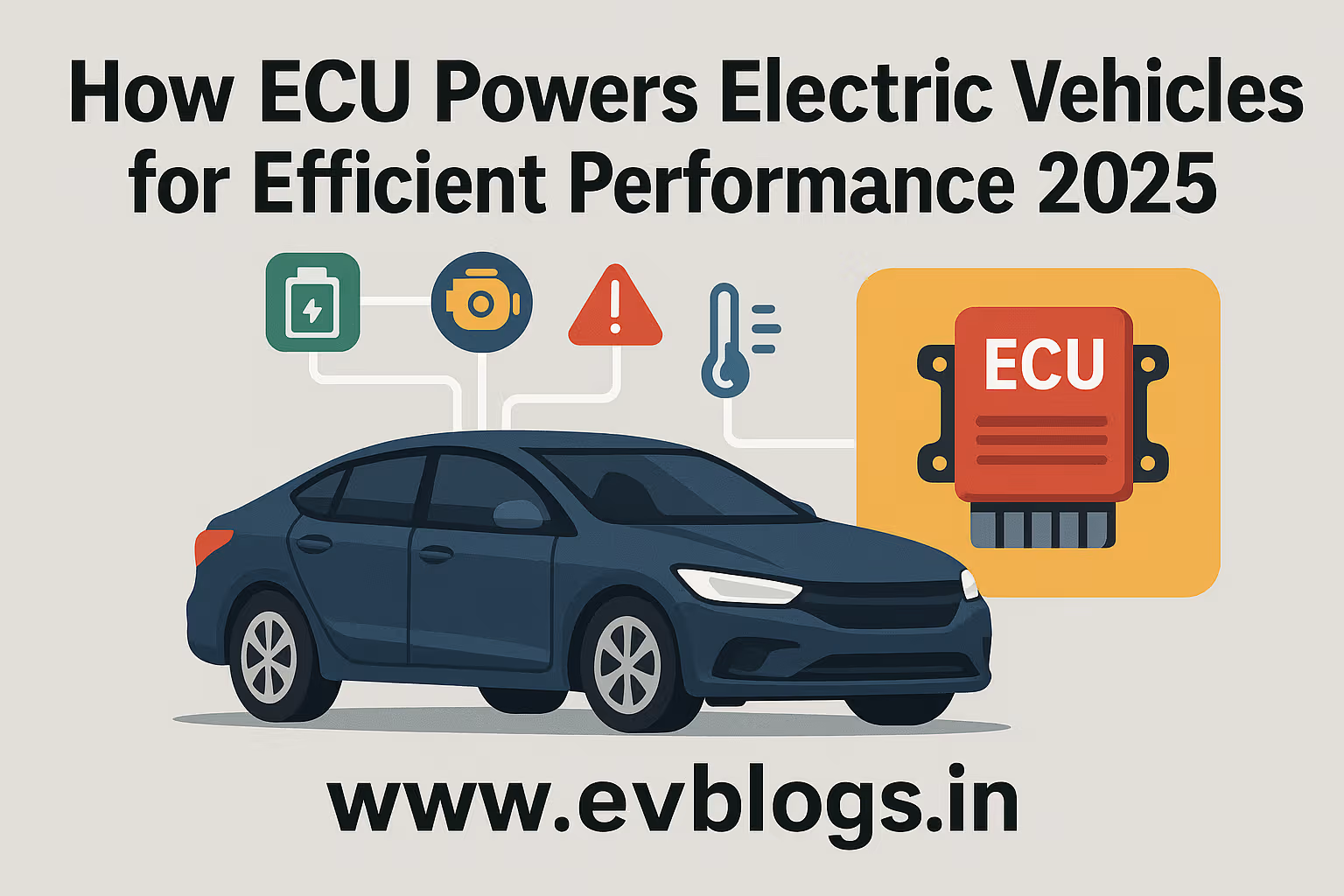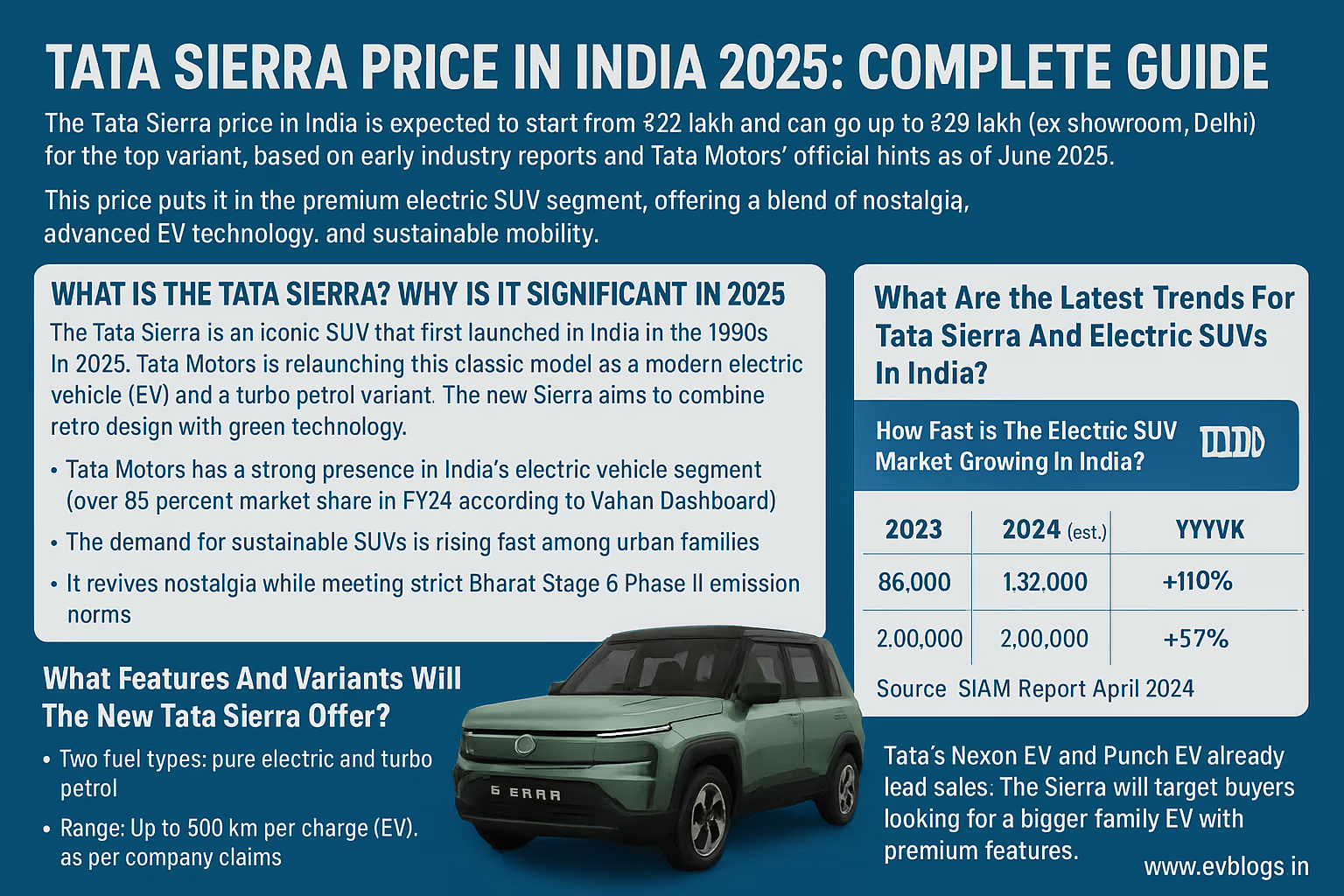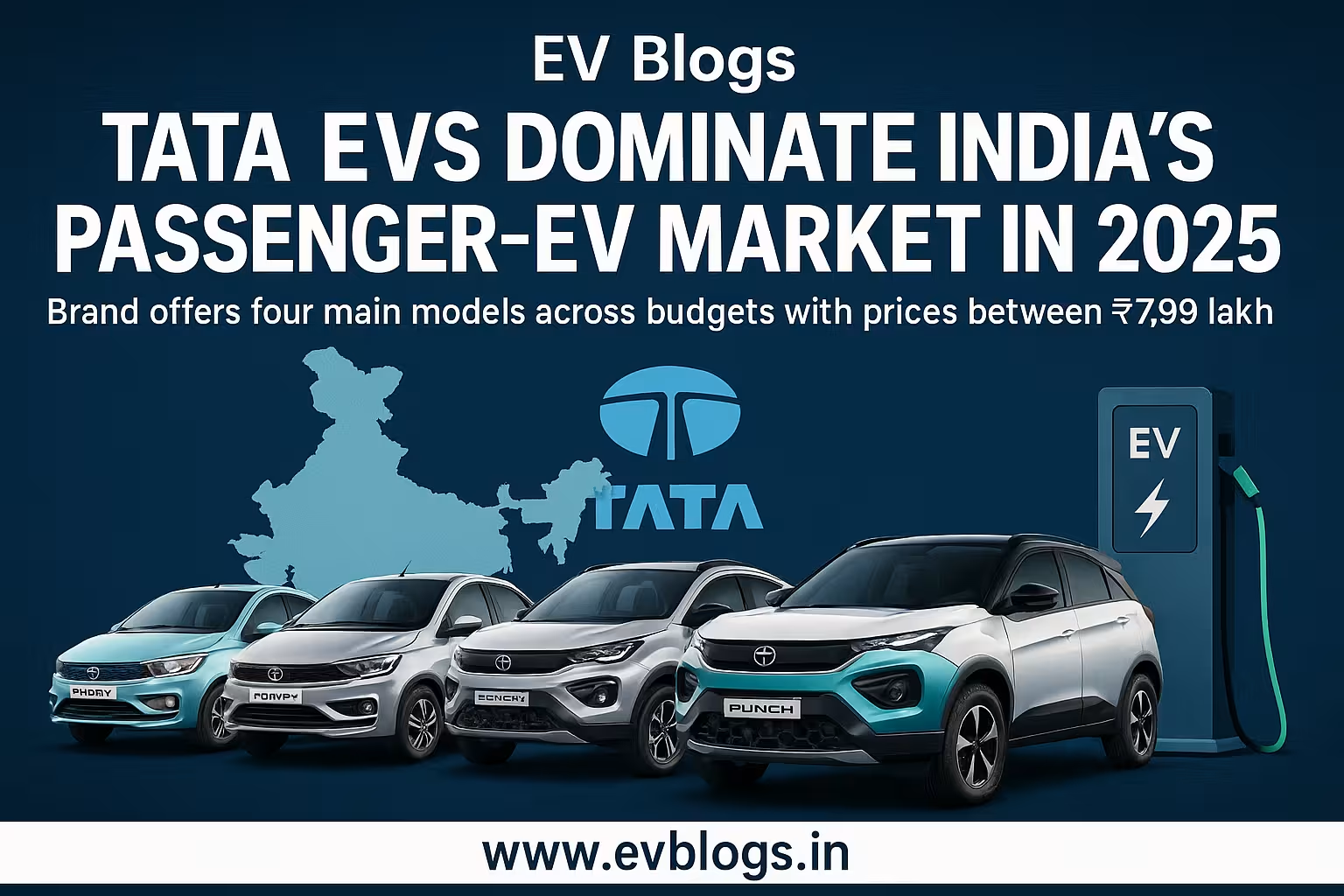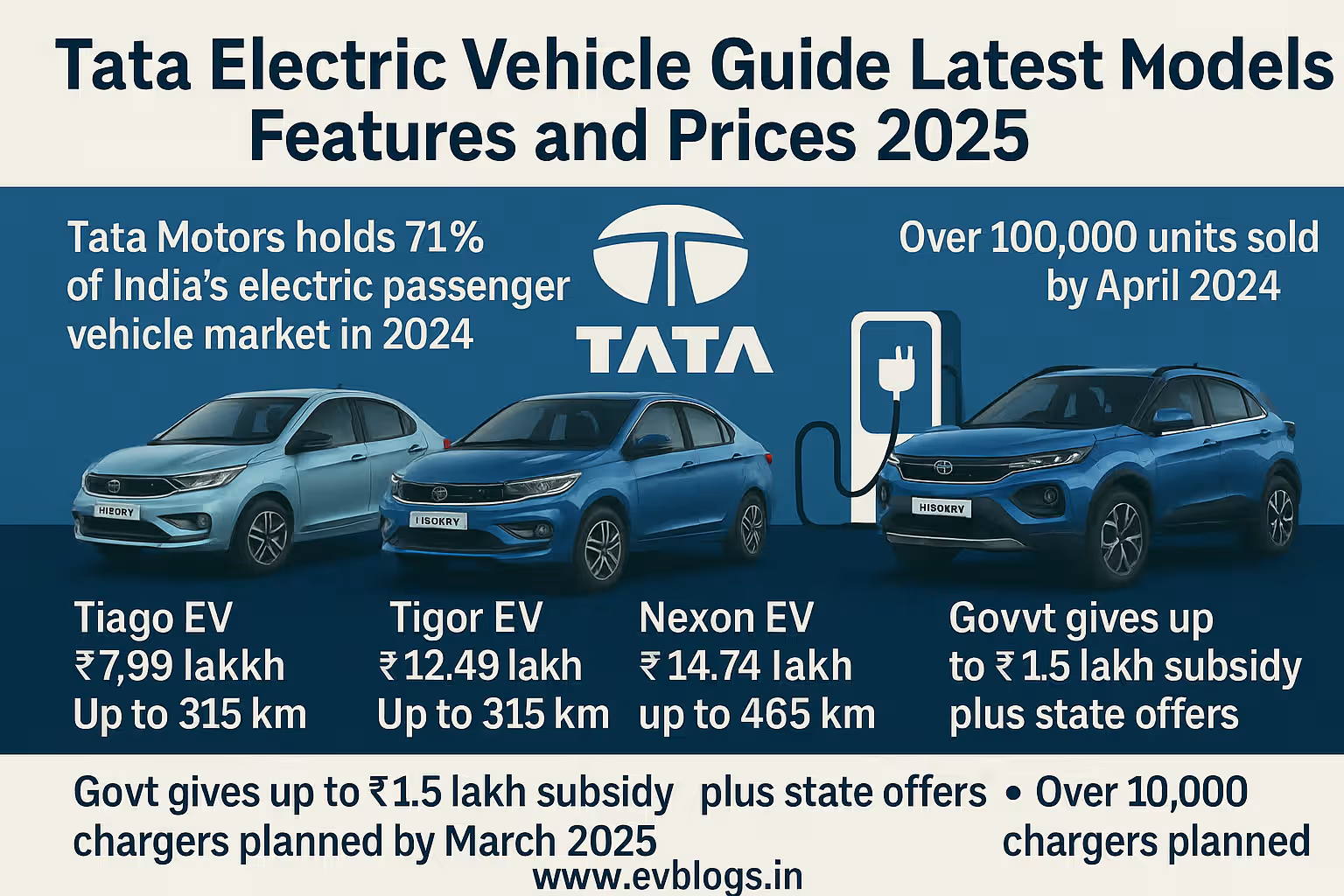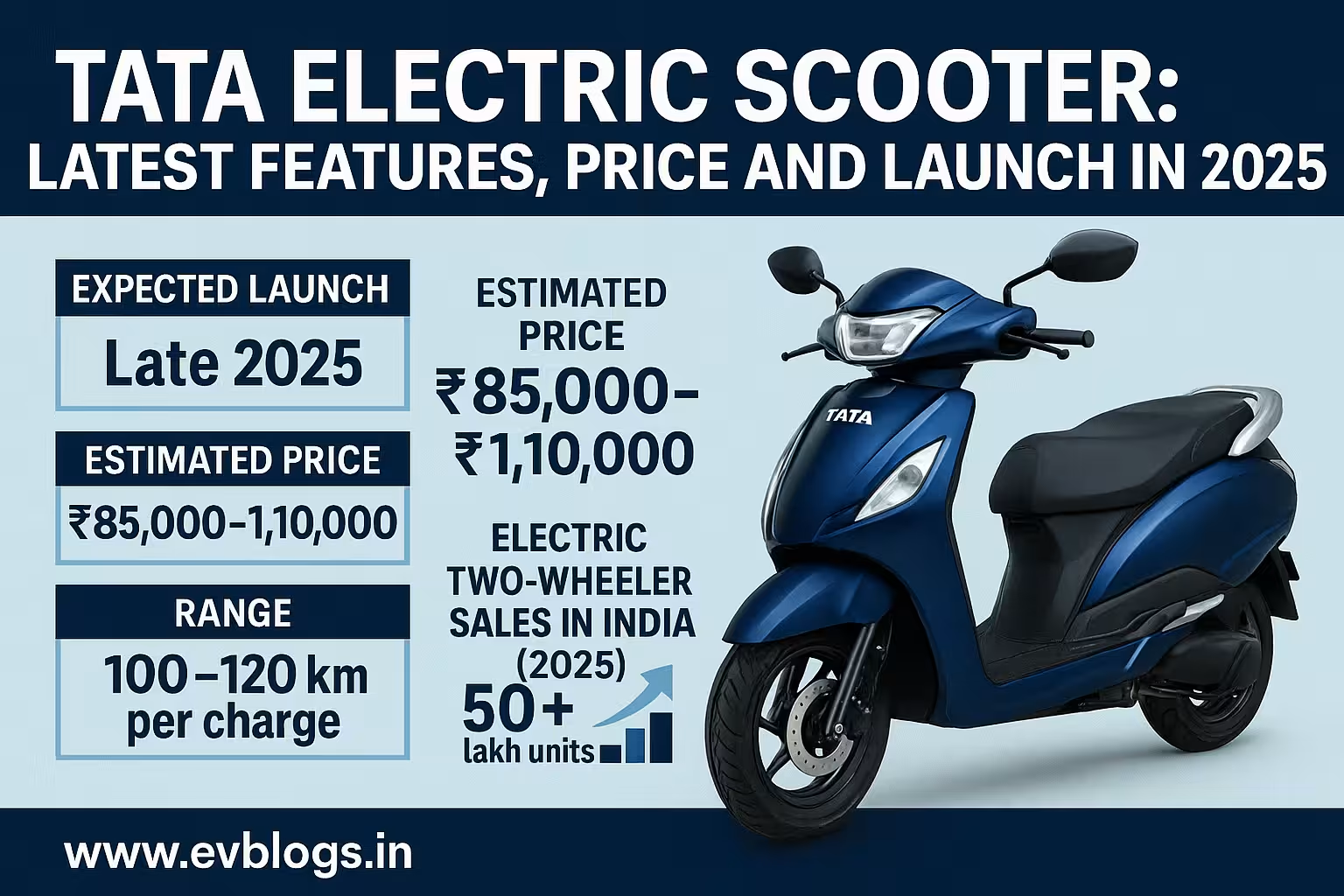Hedhvick Hirav
Hedhvick Hirav is a dedicated EV researcher and editor with over 4 years of experience in India’s growing electric vehicle ecosystem. Their contributions have been recognized in leading sustainability publications and automotive journals.
Summarize & analyze this article with
Choose an AI assistant and open this article directly:
Tip: if the AI doesn’t fetch the page automatically, paste the article URL manually.

Electric Vehicle Subsidy in Kerala: A 2025 Guide for Buyers and Owners
Introduction: Kerala’s EV Push and Why It Matters
As India accelerates toward a sustainable future, electric vehicles (EVs) are at the center of this transformation. Kerala, with its high literacy rate, environmental consciousness, and robust public transport tradition, is quickly becoming a key player in India’s electric mobility movement.
The state government’s proactive policies—including targeted subsidies—aim to make EVs more affordable, accessible, and viable for everyday users. In 2025, the relevance of these incentives is even higher as fuel prices fluctuate and awareness of climate change grows.
If you’re considering buying an electric vehicle in Kerala—whether it’s a car, two-wheeler, three-wheeler, or commercial vehicle—understanding the available subsidies can help you save money and make an informed decision. This guide breaks down everything you need to know about the electric vehicle subsidy landscape in Kerala.
Understanding Electric Vehicle Subsidies in Kerala
What Is an EV Subsidy?
An EV subsidy is a financial incentive offered by the government to lower the upfront cost of purchasing an electric vehicle. The goal is to encourage adoption by making EVs more competitive with traditional petrol and diesel vehicles.
Why Are Subsidies Important?
- Reduce greenhouse gas emissions: Incentivize cleaner transport.
- Lower cost barrier: Make EVs affordable for wider sections of society.
- Boost local economy: Stimulate growth in the green technology sector.
- Reduce fuel import dependency: Improve energy security.
Key Facts: The State of Electric Vehicle Subsidies in Kerala (2025)
| Feature | Details |
|---|---|
| Applicable Vehicles | Electric two-wheelers, three-wheelers (autos/e-rickshaws), four-wheelers (cars), buses |
| Direct State Subsidy | Up to Rs 30,000 for e-2Ws; up to Rs 1.5 lakh for e-cars (personal use) |
| Central FAME II* | Additional support via Faster Adoption and Manufacturing of Hybrid and EV scheme |
| Road Tax Exemption | 100% exemption on road tax (for up to 5 years) |
| Registration Fee | Waived |
| Charging Infrastructure Support | Grants and incentives for home/public charging |
*FAME II: Central Government scheme applicable nationwide; state subsidies are over and above this.
Eligibility Criteria: Who Can Avail EV Subsidy in Kerala?
General Eligibility
To access Kerala’s state-level subsidies:
- Resident Status: Must be a resident of Kerala with valid address proof.
- Vehicle Type: Only new battery-operated vehicles registered in Kerala.
- Model Approved: Vehicle must be on the approved list under FAME II or state guidelines.
- One Vehicle per Person Rule: Subsidy typically granted only for the first EV registered per person/household.
Special Categories
Some additional provisions exist for:
- Women applicants (special incentives on select models)
- Commercial operators (fleet vehicles like taxis or delivery)
- Persons with disabilities
What Are the Benefits? Breaking Down the Savings
Financial Benefits
1. Direct Purchase Subsidy
Kerala provides a direct subsidy credited to your bank account upon purchase/registration:
- Electric Two-Wheelers: Up to Rs 30,000 or 25% of ex-showroom price (whichever is lower)
- Electric Cars: Up to Rs 1.5 lakh or 20% of ex-showroom price
- Electric Three-Wheelers: Rs 50,000–80,000 depending on category
- E-Buses & Fleet Vehicles: Custom incentives negotiated per operator/project
2. Exemption from Road Tax & Registration Fees
For eligible vehicles purchased between April 2023–March 2026:
- Full exemption from road tax for up to five years
- Waiver on registration fees at RTO
3. Central Government Incentives (FAME II)
In addition to state benefits:
- Up to Rs 15,000/kWh battery capacity subsidy for two-wheelers
- Up to Rs 2 lakh–Rs 3.5 lakh for select passenger cars/taxis/fleets
- Additional support for three-wheelers and commercial vehicles
Example Savings Table
| Vehicle Type | Typical On-Road Price | State Subsidy | FAME II Central | Total Savings |
|---|---|---|---|---|
| E-Scooter | Rs 1,20,000 | Rs 25,000 | Rs 22,000 | Rs 47,000 |
| E-Car | Rs 12,00,000 | Rs 1,50,000 | Rs 1,50,000 | Rs 3,00,000 |
| E-Auto | Rs 3,50,000 | Rs 70,000 | Rs 45,000 | Rs 1,15,000 |
Actual amounts may vary based on model/battery capacity.
Non-Financial Benefits
- Green number plate privileges
- Preferential parking at some public facilities
- Access to dedicated charging points
- Lower maintenance costs compared to petrol/diesel vehicles
- Quieter operation and reduced air/noise pollution
Step-by-Step Guide: How To Claim Your EV Subsidy in Kerala
Step 1: Choose an Eligible Vehicle Model
Check that your chosen model is listed under both FAME II approved models and those notified by Kerala Transport Department.
Step 2: Purchase from Authorized Dealer
Buy your vehicle from a dealership authorized for both central/state subsidy processing.
Step 3: Submit Documents at Point of Sale
Provide:
- Aadhaar card/PAN card
- Proof of residence (utility bill/ration card)
- Bank account details (for direct transfer)
- Invoice & purchase documents
Dealerships often assist buyers through this process.
Step 4: Online Application on State Portal
Register your purchase details on the official Kerala EV portal or RTO system as directed by your dealer.
Step 5: Verification by Authorities
Transport department verifies your documents and eligibility.
Step 6: Direct Transfer
Subsidy amount is credited directly into your provided bank account within a stipulated period (typically within three months).
Practical Tips & Considerations When Buying an EV in Kerala
1. Compare Total Cost Ownership
Evaluate not just upfront costs but also running/maintenance expenses vs petrol/diesel vehicles over five years.
2. Assess Charging Infrastructure
Check proximity/accessibility of public charging stations or feasibility of installing a home charger—especially if you live in apartments or housing societies.
3. Look Beyond Just Price
Consider after-sales service network quality; some brands have better coverage/support than others in Kerala.
4. Stay Updated on Policy Changes
Government schemes may evolve; always check latest notifications before finalizing your purchase.
5. Battery Warranty Matters
Scrutinize battery warranty terms—since batteries are one of the biggest cost components over time.
Use Case Scenarios: Real World Impact
Example A: Urban Commuter
A Kochi-based office-goer switches from a petrol scooter (~Rs7/km running cost) to an e-scooter (~Rs0.8/km). The upfront price after all subsidies drops below that of many high-end petrol models—and monthly savings pay back extra investment within two years.
Example B: Commercial Fleet Operator
A Thiruvananthapuram taxi aggregator replaces part of its fleet with e-cars using both central/state subsidies plus GST reduction benefits—resulting in lower EMI burden per car and improved profitability due to sharply reduced operating costs.
Expert Insights: What Industry Leaders Say
“Kerala’s layered approach—combining direct subsidies with road tax waivers—has made it one of India’s most attractive markets for new-age mobility solutions,” says Dr. Anil Kumar Nair (Automotive Analyst).
Priya Menon (EV Dealership Owner): “We’ve seen uptake rise over the past year especially among women buyers and urban professionals; clarity on paperwork has helped demystify the process.”
Ravi Varma (Policy Researcher): “For continued success beyond initial adoption phases, sustained investment in charging infrastructure is crucial.”
Comparing With Other States’ Policies
While several Indian states offer their own incentives (Delhi being particularly generous), Kerala stands out by:
- Providing both direct cash subsidy and full road tax exemption together
- Extending benefits across private users as well as commercial segments
- Having clear documentation and digital application processes
- Promoting localized manufacturing/assembly through additional sops
States like Maharashtra or Tamil Nadu offer similar benefits but eligibility rules or processing times may differ; always check specific state portals if relocating or purchasing outside Kerala.
Frequently Asked Questions (FAQ)
Q1: Who can claim the electric vehicle subsidy in Kerala?
Any resident individual or business entity purchasing an eligible new electric vehicle registered within the state can apply—subject to one-subsidy-per-person rule and other criteria outlined above.
Q2: Do I get both central FAME II subsidy and state subsidy?
Yes; eligible buyers receive both benefits provided their chosen model qualifies under both schemes—the state subsidy is processed separately from FAME II support.
Q3: How long does it take for the subsidy amount to be credited?
Typically within two-three months after successful registration verification; delays may occur during peak periods but status can be tracked online via application number.
Q4: Is there any cap on how many vehicles I can buy using subsidy?
Usually limited to one per person/household/business entity during policy period unless otherwise specified for fleets/commercial operators under special provisions.
Q5: Are used or retrofitted vehicles eligible?
No; only brand-new battery-operated vehicles purchased through authorized dealers qualify for subsidy under current norms.
Q6: What happens if I sell my subsidized EV within a year?
There may be clawback provisions requiring partial refund of subsidy if sold/transferred within a specified lock-in period (often one year); read terms carefully at time of purchase.
Actionable Summary & Takeaway
Kerala’s progressive policies make going electric more affordable than ever before—but maximizing these benefits requires informed decision-making:
- Always check latest eligibility lists before buying.
- Factor total savings including both central/state incentives and waived taxes/fees.
- Ensure proper documentation at time of purchase.
- Monitor updates via official portals as schemes evolve.
With careful planning—and thanks to supportive government action—you can join thousands who are already experiencing cleaner commutes and substantial savings across God’s Own Country.
Sources
- Kerala Motor Vehicles Department – Electric Vehicle Policy
- FAME India Scheme Phase II – Ministry of Heavy Industries
- Kerala State Transport Policy Updates
- Society of Manufacturers of Electric Vehicles – State Incentives
- News Reports – The Hindu Business Line; Times Of India – March-May 2024


